Open Journal of Orthopedics and Rheumatology
Case Report: Floating Elbow with Posterior Shoulder Dislocation
Ibrahim Halil Kafadar*, Ibrahim Karaman, Ziya Emre Yalman and Ali Eray Gunay
Cite this as
Kafadar IH, Karaman I, Yalman ZE, Gunay AE (2017) Case Report: Floating Elbow with Posterior Shoulder Dislocation. Open J Orthop Rheumatol 2(1): 015-017. DOI: 10.17352/ojor.000009Shoulder dislocations are the most common joint dislocations, and only 2% of these are seen as posterior shoulder dislocations. The floating elbow was first described in children, after that shown in adults. Floating elbow cases are very rare, and usually seen with high-energy trauma. Classical definition is the coexistence of the humeral diaphyseal and forearm fracture, but there are other definitions as well.
The combination of the humerus body fracture and the anterior shoulder dislocation was described by Winderman in 1940. But the association of a posterior shoulder dislocation with a floating elbow has never been seen before in the literature. In this study, a case report of a patient with floating elbow and posterior shoulder dislocation is presented.
Introduction
Shoulder dislocations are the most common joint dislocations (%50). Only 2 to 4 percent of these dislocations are posterior dislocations. Posterior dislocation of the shoulder is a rare and commonly missed injury. Also, combination of the fracture of the humerus with shoulder dislocation is a very rare injury [1-6].
Floating elbow is also relatively rare condition and usually high-energy trauma takes place in the etiology. The floating elbow was first described in children by Stanitsky and Micheli in 1980 and then, described in adults in 1984 by Rogers [7,8]. Classical definition is about coexistence of the ipsilateral humeral diaphyseal and the forearm fracture. Also, various complications could be seen early and late in cases with floating elbow; compartment syndrome, neurovascular deficiency, limb loss etc. Consequently, floating elbow is a rare but important lesion, with possible long-term complications. Surgical treatment is universally accepted with various techniques [9-11].
In a study which was published by Winderman in 1940, anterior shoulder dislocation associated with the humerus fracture was defined [1], but posterior shoulder dislocation with forearm fracture in addition to humerus fracture has not been reported yet.
In this study, we present a patient with floating elbow which is complicated with posterior shoulder dislocation.
Case Report
A 52-year-old male patient was admitted to the Emergency Department of Erciyes University Medical Faculty due to an injury of his left upper extremity. The patient was trapped his left upper extremity in the drilling machine. The general condition of the patient at the first examination was good. The blood pressure was 130/90 mm/Hg, pulse was 97/min., fever was 36,5 °C. The radiography and computerized tomography of the patient revealed that left forearm 1/3 proximal body fracture, left humerus 1/3 distal shaft fracture, left shoulder posterior dislocation, left scapula fracture (Figures 1-3). The radial, ulnar and brachial arteries were palpabl. But patient had radial nerve deficiency in his neurological examination. No other pathologies were found in other systemic examinations of the patient.
The patient taken to surgery under general anesthesia and firstly closed reduction was applied to shoulder. For the humerus shaft fracture close reduction was performed and then fracture fixed with a monoaxial external fixator (MAEF). For the left forearm fracture fixation was provided by low contact dinamic compression plate (LC-DCP) after open reduction (Figures 4,5). The confidence interval of the shoulder joint was checked at the end of the surgery. The shoulder dislocated again when the arm brought into internal rotation. Therefore, the upper extremity was taken to an arm sling with abduction pillow which holds the shoulder in neutral and some external rotation to prevent dislocation after the surgery. Also, conservative treatment and follow-up was planned for left scapular fracture by using arm sling. The patient was followed postoperatively at the Orthopedics and Traumatology Department, and discharged at the end of the 7th day. The shoulder of the patient was intermittently controlled by radiography. The upper extremity of the patient was followed in arm sling for 4 weeks and then rehabilitation program including active and passive range of motion, capsular streching and muscle strengthening exercises were started. The radial nerve deficiency recovered spontaneously at 5th month. It has been seen that the healing of the forearm fracture has already occurred before the humerus fracture (Figures 6,7). MAEF was removed at 6th month of the follow-up (Figure 8). Range of motion of wrist and elbow joints were normal, but there was some restriction in the shoulder joint movements at the last follow up.
Discussion
The floating elbow was first described in children by Stanitsky and Micheli in 1980, and then in 1984 described in adults by Rogers. Floating elbow cases are very rare, usually high-energy trauma places in the etiology. Various complications could be seen in cases with floating elbow; compartment syndrome, neurovascular deficit, limb loss, radioulnar synostosis etc. Ditsios et al. published 19 patients with floating elbow, 8 of them with radial nerve, 1 patient with ulnar nerve deficiency. Also, there was radial nerve deficiency in our case. It probably took the source because of the traction injury. And the radial nerve deficiency recovered spontaneously at the fifth month of the follow-up [7,8,10,11].
The combination of the humerus body fracture and the anterior shoulder dislocation was described by Winderman in 1940. And posterior dislocation of the shoulder with ipsilateral humeral shaft fracture was described [1,5]. But the combination of a posterior shoulder dislocation with a floating elbow has never been presented before. In this case, it is likely that when the energy applied to the upper extremity of the patient during trauma, because of the rotational and tractional forces of the drilling machine caused floating elbow with posterior shoulder dislocation. Regarding the mechanism of this complex injury, a force transmitted through the axis of the humeral shaft through the shoulder has been reported simultaneously cause the fracture and the dislocation [12].
Urgent surgery is recommended to reduce early and late complications in these group of patients. Internal/eksternal fixation is recommended after open/closed reduction in the treatment (8-10). In our case, the shoulder was reducted firstly. Then the humeral fracture was reducted closely and fixed with MAEF to shorten the surgical time. And then open reduction and LC-DCP plate fixation was performed for forearm fracture. At the end of the surgery to prevent shoulder redislocation an arm sling with abduction pillow was used for four weeks. Passive joint movements were initiated at fourth week of the follow-up postoperatively and active exercise was initiated at sixth week by discontinuing the use of arm sling with abduction pillow. In the literature, intramedullary nail or ORIF is preferred in humeral fractures, whereas MAEF is used only in open humeral fractures. Various methods of management of this complex injury have been reported [4]. Especially patients with additional injuries that consists of humeral fractures need to be kept brief during the surgical period. Also, applied MAEF as in this case presentation allows elbow joint movements. Because distal Schanz screws passes through just above and below the olecranon fossa. During the fracture healing process patient can provide the joint movements of the elbow after immobilization with arm sling with abduction pillow. Because of these reasons we preferred to perform fixation by MAEF.
Conclusion
These events are often seen as the result of high-energy trauma. The presence of soft tissue damage in many cases, the presence of open fractures, and nerve damage can lead to unpredictable functional outcomes. Fortunately, this patient had only floating elbow with posterior shoulder dislocation and radial nerve deficiency. Otherwise, he could lose his upper extremity as the result of such a high-energy trauma. Humeral fracture fixation with external fixator may shorten surgical period in patients who have such a complex injury and may allow early mobilization to prevent stiffness in elbow joint.
- Winderman A (1940) Dislocation of the shoulder with fracture of the shaft of the humerus. Bull Hospt Jt Dis Orthop Inst 1: 23–25. Link:
- Ketenci IE, Duymus TM, Ulusoy A, Yanik HS, Mutlu S, et al. (2015) Bilateral posterior shoulder dislocation after electrical shock: A case report. Ann Med Surg (Lond) 4: 417-421. Link: https://goo.gl/qPyL31
- Maffulli N, Yip KM, Cowman JE, Chan KM (1996) Fracture of the shaft of the humerus with a fracture-dislocation of the same shoulder. A case report. Int Orthop 20: 237-238. Link: https://goo.gl/E593Rg
- Kontakis GM, Galanakis IA, Steriopoulos KA (1995) Dislocation of the shoulder and ipsilateral fracture of the humeral shaft: case reports and literature review. J Trauma 39: 990-992. Link: https://goo.gl/p8WCiw
- Naresh S, Chapman JA, Muralidharan T (1997) Posterior dislocation of the shoulder with ipsilateral humeral shaft fracture: a very rare injury. Injury 28: 150-152. Link: https://goo.gl/vMffPP
- Sasashige Y, Kurata T, Masuda Y, Shimono K, Nagata Y (2006) Dislocation of the shoulder joint with ipsilateral humeral shaft fracture: two case reports. Arch Orthop Trauma Surg 126: 562-567. Link: https://goo.gl/6fw3g3
- Stanitski CL, Micheli LJ (1980) Simultaneous ipsilateral fractures of the arm and forearm in children. Clin Orthop Relat Res 153: 218-222. Link: https://goo.gl/W4SRPb
- Rogers JF, Bennett JB, Tullos HS (1984) Management of concomitant ipsilateral fractures of the humerus and forearm. J Bone Joint Surg Am 66: 552-556. Link: https://goo.gl/1ZD26V
- Bisinella G, Bellon N (2015) Floating elbow in a polytrauma patient: timing and surgical strategy. Injury 7: S20-22. Link: https://goo.gl/sqPbJX
- Ditsios K, Boutsiadis A, Papadopoulos P, Karataglis D, Givissis P, et al. (2013) Floating elbow injuries in adults: prognostic factors affecting clinical outcomes. J Shoulder Elbow Surg 22: 74-80. Link: https://goo.gl/enthtt
- Jiménez-Díaz V, Auñón-Martín I, Olaya-González C, Aroca-Peinado M, Cecilia-López D, et al. (2017) Analysis of complications after a floating elbow injury. Eur J Orthop Surg Traumatol 27: 607-615. Link: https://goo.gl/wFHRVj
- Sankaran-Kutty M, Sadat-Ali M (1989) Dislocation of the shoulder with ipsilateral humeral shaft fracture. Arch Orthop Trauma Surg 108: 60-62. Link: https://goo.gl/VezRpe
Article Alerts
Subscribe to our articles alerts and stay tuned.
 This work is licensed under a Creative Commons Attribution 4.0 International License.
This work is licensed under a Creative Commons Attribution 4.0 International License.
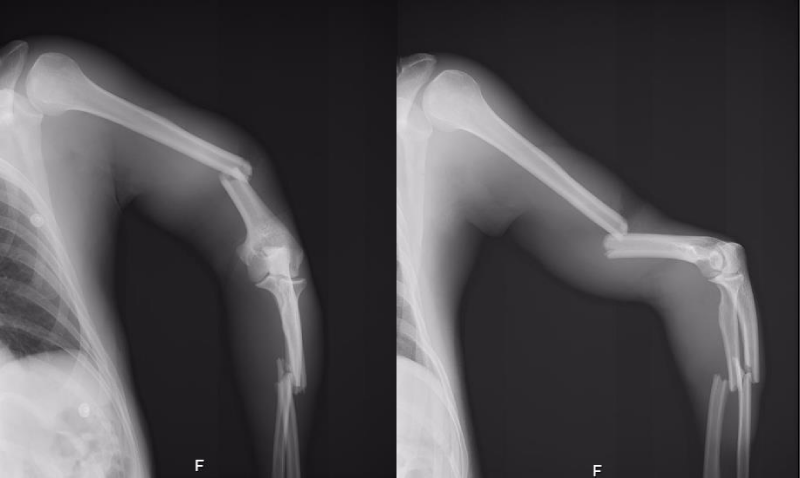
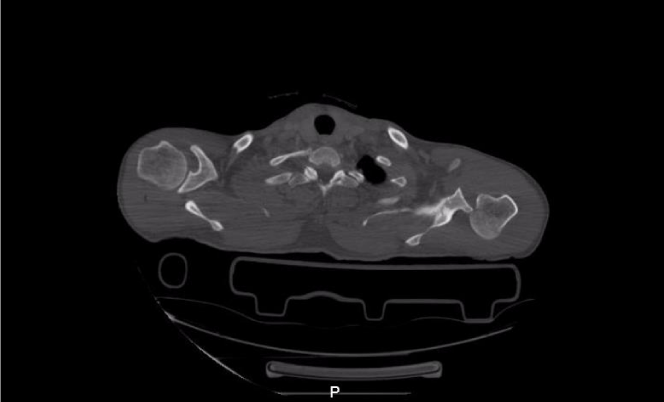
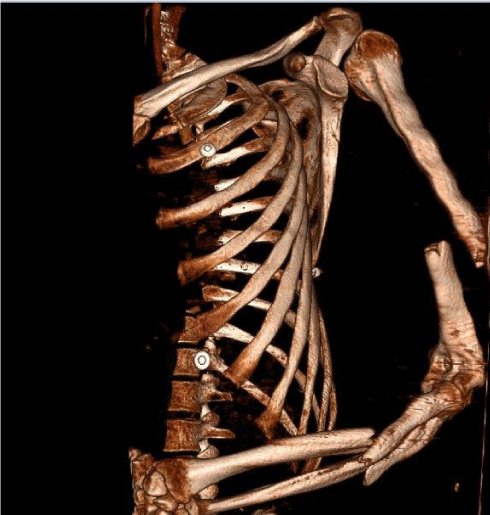
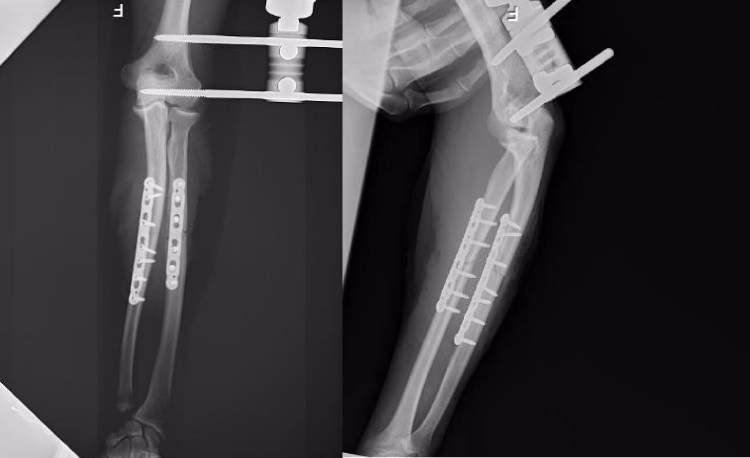
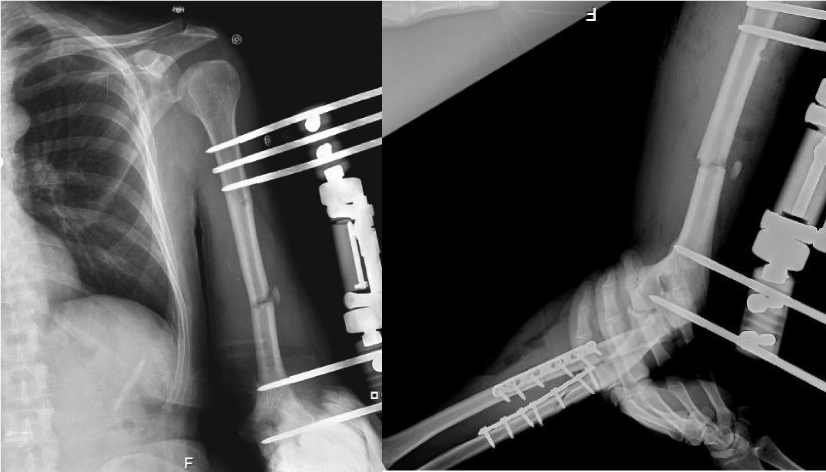

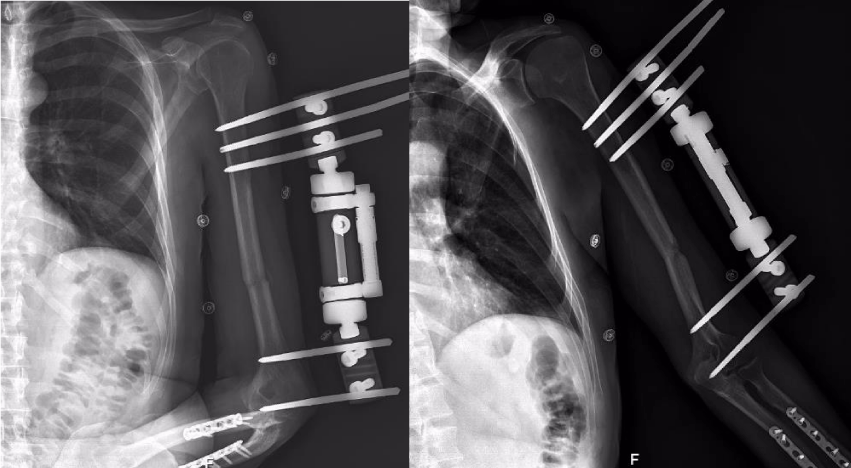
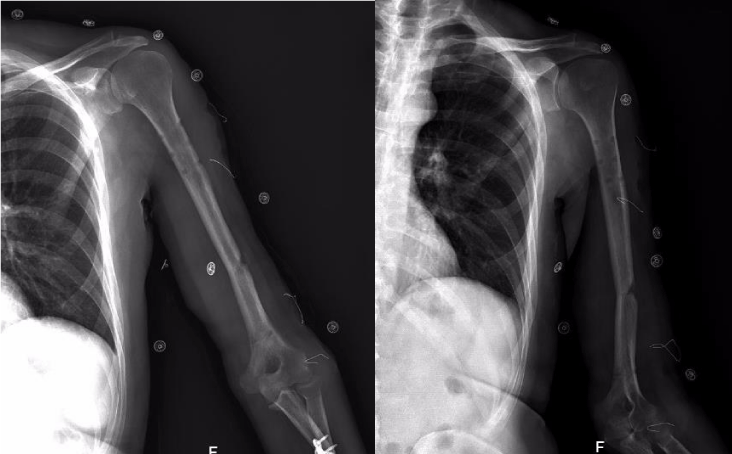

 Save to Mendeley
Save to Mendeley
